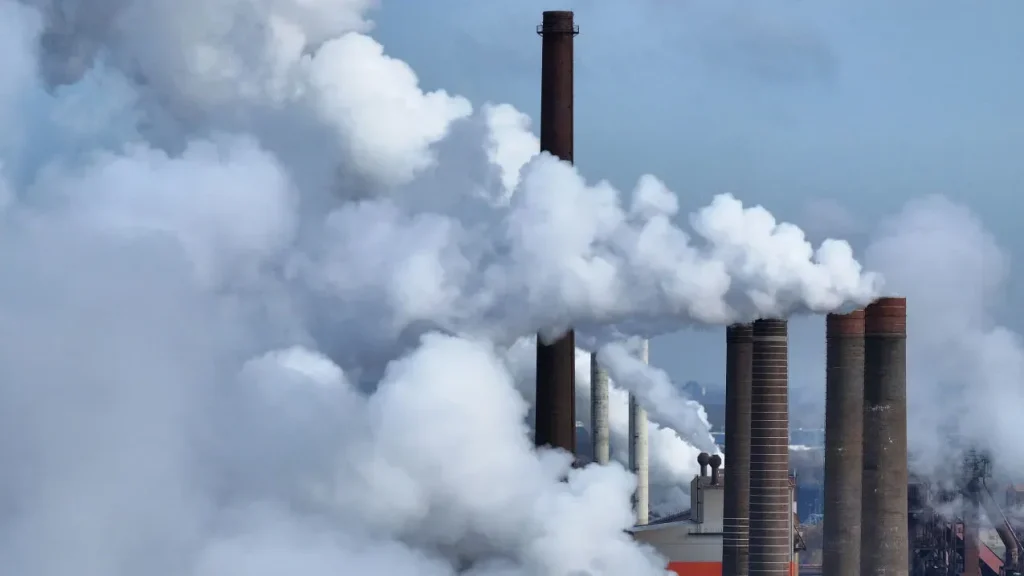Context:
Recently, the UN Environment Programme (UNEP) released its annual Emissions Gap Report (EGR), revealing alarming trends in global greenhouse gas emissions.
Key Findings of the Report

- The Report warns that the Paris Agreement’s goal of limiting global temperature rise to 1.5°C may be unachievable within a few years, with even 2°C threshold would be in danger of being breached unless countries dramatically scale up their climate actions to reduce global emissions in two years.
- It further highlighted that if countries continue with their current environmental policies, it would lead to 3.1°C warming over pre-industrial levels by the end of the century.
- Record-Breaking Emissions Levels: Global greenhouse gas emissions reached an unprecedented 57.1 gigatons of CO2 equivalent in 2023, marking a 1.3% increase from 2022.
- Major Emitters: China and India showed significant increases in greenhouse gas emissions, with 5.2% and 6.1% growth respectively in 2023, contributing to the global rise in emissions.
Disparity in Emissions: The report highlights significant disparities in emissions, with the top six emitters contributing 63% of global GHG emissions.
- G20 members, minus the African Union, accounted for 77% of emissions in 2023. By contrast, the least developed countries accounted for only 3%.
- India ranks third globally, with 4,140 MtCO2e, following China and the United States, though India’s per capita emissions remain relatively lower.

Insufficient Reductions: Current climate actions could only reduce emissions by 10% by 2030 compared to 2019 levels, falling far short of the required 42% reduction to maintain the 1.5°C target.
Recommendations
- The updated climate action plans which every country has to submit by next year, must be significantly stronger than the current ones.
- The report said a sharp turnaround, with at least a 7.5% reduction every year till 2035, was essential to keep the 1.5°C target alive.
- The report urges a significant rise in investment for emissions reductions, estimating that a cost of $200 per ton of CO₂ equivalent could close the emissions gap by 2030.

